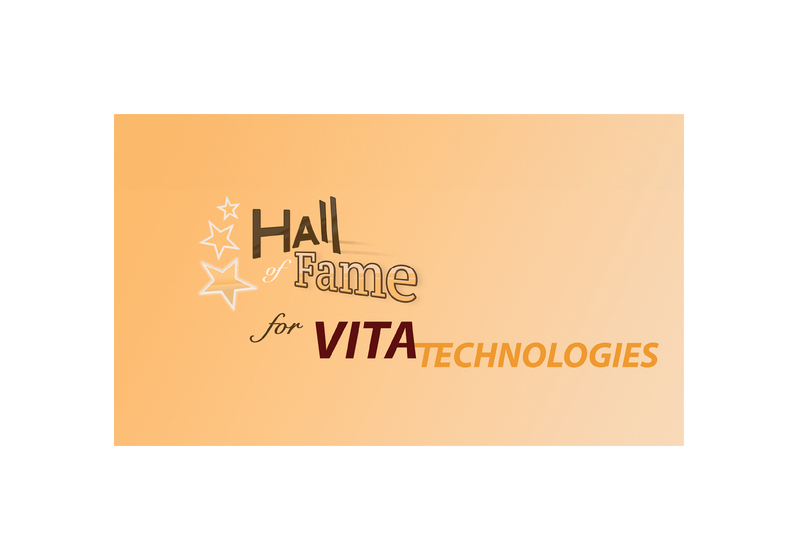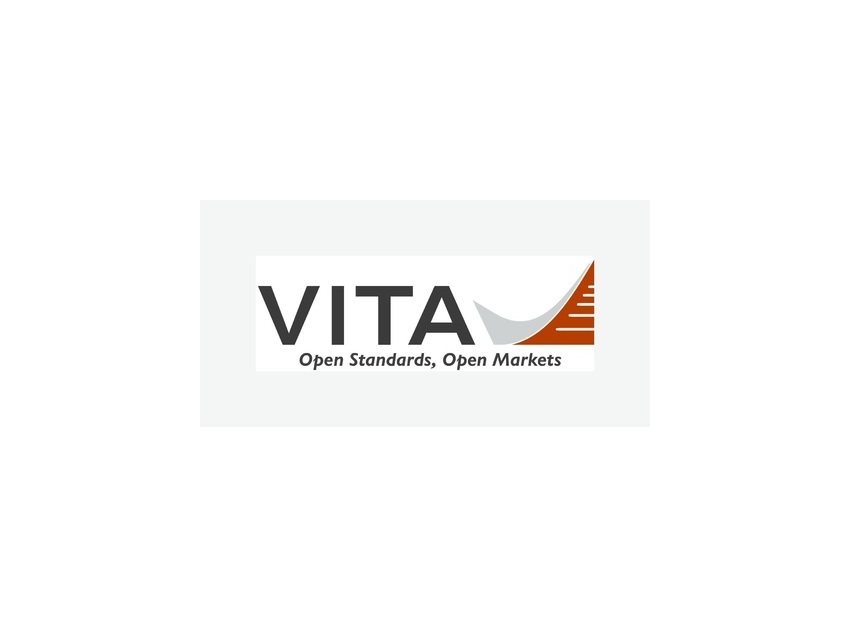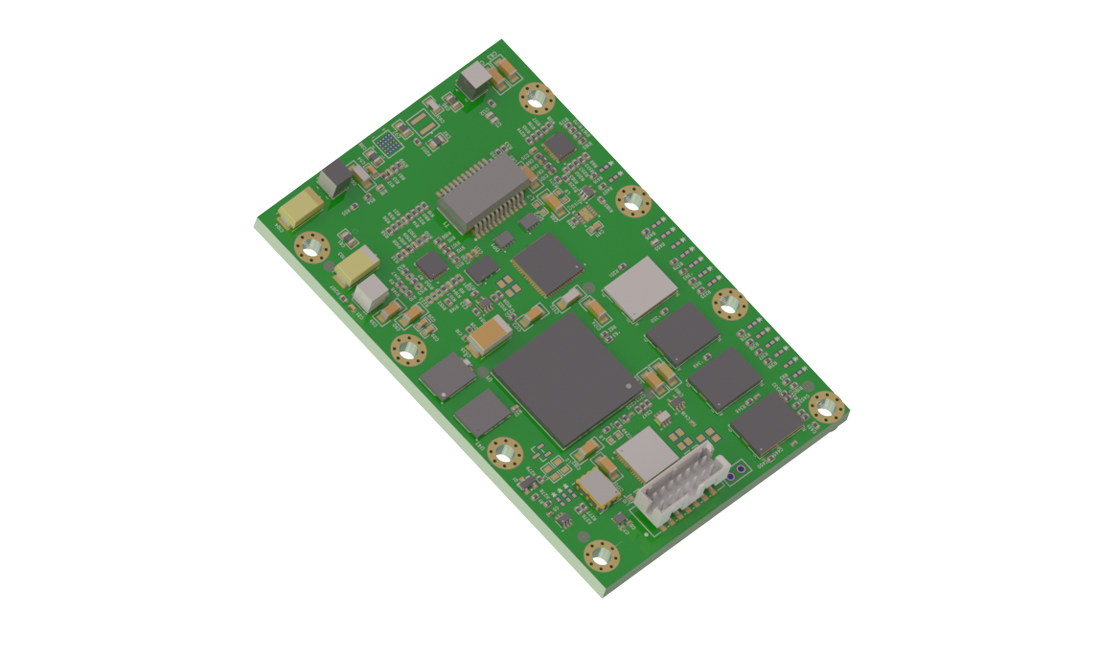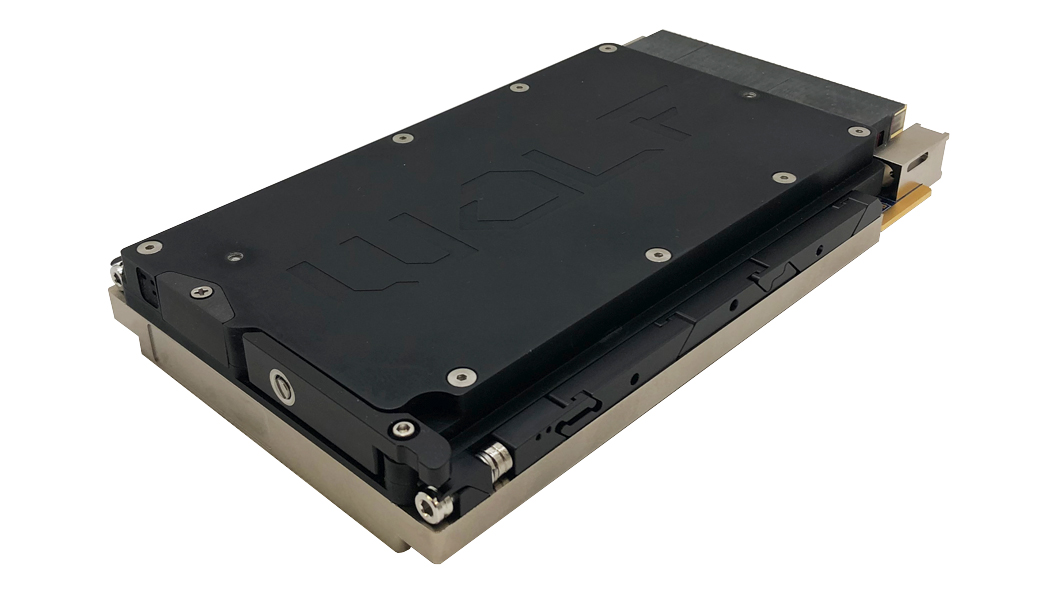ST. LOUIS, May 18, 2007 — The first Boeing [NYSE: BA] F/A-18F Super Hornet retrofitted with an aft cockpit Joint Helmet-Mounted Cueing System (JHMCS) has arrived at Strike Fighter Squadron 213 (VFA-213), the first U.S. Navy fleet squadron to fly the aircraft with the dual-cockpit system.
The “Blacklions” of VFA-213, based at Naval Air Station Oceana, Va., will use the cueing system to significantly enhance in-flight crew coordination.
The JHMCS gives flight crew members the ability to rapidly acquire and designate a target simply by looking at it. The two-seat version of the system places a JHMCS helmet on both crew members, giving each the capability to aim weapons and sensors as well as a visual indication of where each crew member is looking.
“The Navy received its first JHMCS production systems five years ago and continues to be a strong supporter of this capability,” said Phil King, Boeing JHMCS program manager. “Warfighters praise JHMCS for its enhanced situational awareness and mission effectiveness.”
The Navy awarded Boeing a $4.4 million contract in November 2005 to provide aft cockpit helmets in F/A-18F and EA-18G aircraft scheduled for delivery beginning this October. Thirty-four U.S. Air Force and Navy squadrons worldwide currently use the JHMCS.
Warfighters used JHMCS operationally for the first time during Operation Iraqi Freedom. By placing an aiming cross, projected on the helmet visor, over the desired target and pressing a button, pilots can quickly and easily aim weapons and sensors to designate and attack airborne or ground targets. JHMCS also displays aircraft altitude, airspeed, attitude and tactical information on the visor to increase situational awareness.
As prime contractor and integrator for JHMCS, Boeing has contracted for more than 2,000 systems over the past six years. Vision Systems International, based in San Jose, Calif., is the major subcontractor.






